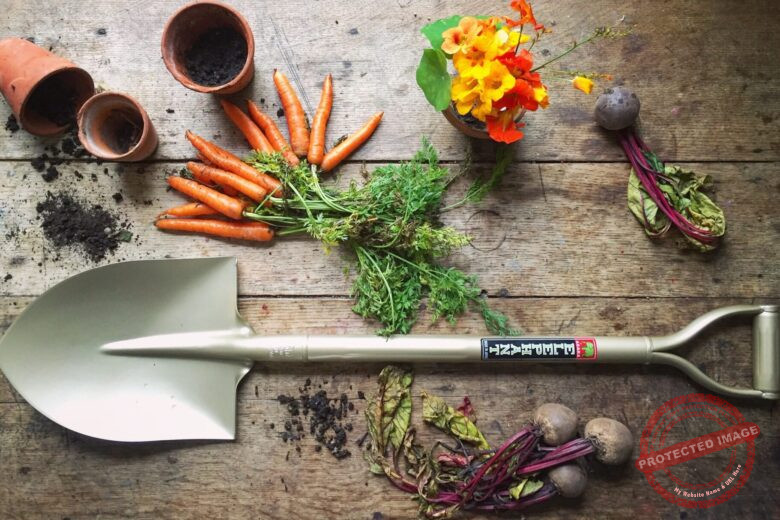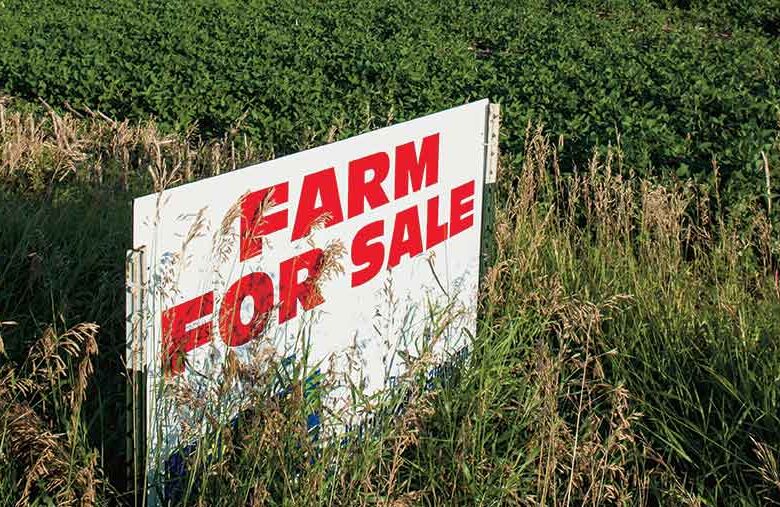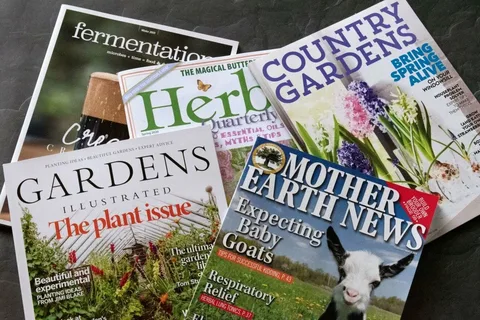Farming has changed more in the last 50 years than it did in the previous 200. From GPS-guided tractors to soil sensors and automated irrigation, technology has reshaped how we grow food. But one thing remains constant—water management can make or break a farm. Too much rain and your crops drown; too little, and they wither. That’s why farmers everywhere are looking toward innovative drainage solutions that go beyond the old ditches and tile lines.
If you’ve ever watched water pool in your field after a heavy rain, you know that sinking feeling. It’s not just a puddle—it’s potential yield loss. Roots suffocate, soil compacts, and nutrients wash away. I remember walking across one of my corn fields after a storm and seeing patches of yellowing leaves where the water refused to drain. That was the year I learned that drainage isn’t just about getting rid of water—it’s about balance.
Modern farming doesn’t leave much room for guesswork. We need smart systems that handle both drought and flood, that store water when we need it and release it when we don’t. And the best part? These new drainage methods aren’t just for big commercial operations—they’re becoming accessible for small farms too. Let’s explore some of the most practical and innovative ways farmers are managing water in today’s agriculture.
Why Proper Drainage Still Matters
Before going into the tech, let’s remind ourselves why this topic matters so much. Good drainage means healthy soil structure, more oxygen for roots, and fewer problems with disease. When water moves correctly through your soil, it helps nutrients stay available to plants instead of washing away into nearby streams.
It’s also about time management. With a well-drained field, you can get equipment in sooner after rain, plant earlier in spring, and harvest more efficiently in fall. Poor drainage delays everything—and any farmer knows that every lost day in planting season costs you yield.
The Problem with Traditional Systems
Old-school systems like open ditches and clay tiles served their purpose, but they came with challenges. They required regular maintenance, often wasted water during dry seasons, and weren’t flexible enough to handle extreme weather.
Innovative Drainage Solutions for Modern Agriculture
As rainfall patterns shift and storms become more intense, those outdated systems just can’t keep up. In some cases, they even cause soil erosion or nutrient runoff, which hurts both productivity and the environment. That’s where innovative drainage solutions step in—offering smarter, more adaptable ways to manage water.
1. Controlled Drainage Systems
One of the most exciting changes in modern water management is controlled drainage. Instead of just letting water flow freely through tiles or ditches, this system uses adjustable control structures to manage the water table.
In simple terms, you can raise or lower the level of drainage outlets depending on the season. During wet months, you open them up to release excess water. During dry months, you close them partially to hold more water in the root zone.
This method reduces nutrient loss and helps maintain consistent moisture for crops like corn, soybeans, and wheat. It’s especially useful for flat fields where water tends to pool.
2. Subsurface Tile Drainage with Smart Sensors
Traditional tile drainage is nothing new—but pairing it with smart sensors changes everything. Modern systems now include moisture and temperature sensors that feed data straight to your phone or computer.
These sensors track how quickly your soil drains and how deep the moisture sits. That information helps you decide when to irrigate or adjust drainage outlets. It’s like having a weather station inside your soil.
A neighbor of mine installed one of these systems last year, and he swears it saved his soybean crop during a wet June. Instead of guessing, he knew exactly when to open and close his drains.
3. Biofilters and Constructed Wetlands
Sometimes, letting water go isn’t the problem—it’s how we let it go. Drainage water often carries nutrients like nitrogen and phosphorus that can harm waterways. That’s where biofilters and constructed wetlands come in.
These systems use vegetation and soil microbes to filter drainage water before it leaves your field. The result? Cleaner water and healthier ecosystems downstream.
They also add beauty to your farm. A constructed wetland filled with cattails and native grasses doesn’t just filter water—it attracts wildlife, birds, and pollinators too. It’s one of those solutions that balances practicality with environmental care.
4. Raised Bed Systems for Small Farms
Not every farmer has acres of flat land to manage. For small farms and market gardens, raised bed systems offer a simple yet effective drainage solution.
By elevating the planting area, you give water an easy escape path during heavy rains. At the same time, the beds retain enough moisture for healthy growth.
If you’ve ever seen puddles forming between rows of vegetables, switching to raised beds can make all the difference. It’s a hands-on, low-tech version of managing water flow—but it works beautifully, especially when paired with drip irrigation.
5. Perforated Drainage Pipes and Gravel Trenches
For farmers dealing with compacted or clay-heavy soils, perforated pipes laid beneath gravel trenches can work wonders. The gravel prevents clogging, while the holes in the pipe allow water to enter and flow away naturally.
It’s one of the oldest forms of subsurface drainage, but with modern materials and better layout designs, it’s more efficient than ever. Some systems now even integrate with smart water flow monitors for precise control.
6. Vertical Drainage and Deep Wells
In regions with high water tables, vertical drainage can help move excess water down into deeper layers. This involves creating boreholes or deep wells connected to underground aquifers.
While it’s a more advanced and costly system, it’s incredibly effective in areas where horizontal drains don’t perform well. It can also help reclaim waterlogged land that would otherwise be unusable for crops.
7. Sustainable Drainage Ditches
Ditches don’t have to be outdated. With a bit of innovation, they can become sustainable drainage systems that mimic natural waterways.
By shaping them gently and planting grass or sedge along the sides, these ditches slow water flow and prevent erosion. They also trap sediments and improve infiltration into the ground.
I’ve seen farms turn unsightly drainage ditches into beautiful green corridors that carry water safely while adding to the landscape’s charm.
8. Water Harvesting Systems
Why send all that rainwater away when you could store it for later? Water harvesting systems collect runoff from roofs, greenhouses, or paved areas into tanks or ponds.
Later, during dry spells, you can use that stored water for irrigation. It’s a simple but powerful example of turning a drainage problem into a resource.
For smaller farms, even a few rain barrels connected to gutters can make a difference. It’s about using what nature gives you instead of fighting against it.
9. Permeable Surfaces Around Barns and Greenhouses
Not all drainage issues come from fields. Farmyards, driveways, and greenhouse areas often create runoff that leads to erosion or standing water.
Replacing concrete with permeable surfaces like gravel, open pavers, or porous asphalt allows water to soak into the ground instead of running off.
It might sound minor, but reducing surface runoff around structures helps prevent flooding and keeps your working areas safer.
10. Smart Water Management Software
This is where the future is heading—integrated water management platforms that combine all your data in one place. These apps use weather forecasts, soil sensors, and satellite images to help farmers make real-time drainage decisions.
Some can even automate drainage gates and pumps. Imagine a system that opens your control structures before a storm hits, then closes them once the rain passes. That’s not a dream anymore—it’s happening on progressive farms right now.
How-To: Assessing Your Farm’s Drainage Needs
Before investing in any system, take time to understand your land.
-
Watch your water flow: After rain, walk your fields and note where puddles form or water moves too fast.
-
Test your soil: Clay-heavy soils need more drainage; sandy soils may not need much at all.
-
Map elevation: Use a simple level or app to identify low spots.
-
Start small: Begin with one field or garden section before scaling up.
-
Consult a local expert: Many extension offices or ag consultants can analyze your land affordably.
Remember, innovative drainage solutions work best when they’re tailored to your specific conditions.
Real-Life Example: How One Farm Reclaimed Its Fields
A friend of mine in Iowa had a low-lying 40-acre section that used to flood every spring. The ground stayed soggy for weeks, delaying planting. After switching to a controlled drainage system with biofilters at the outlets, he noticed a massive difference.
That year, he was able to plant a week earlier than usual. The soil stayed firm, and his nitrogen loss dropped noticeably. By fall, his yields were up almost 15%. The system paid for itself in two seasons.
Stories like that remind me that innovation isn’t about fancy equipment—it’s about smart problem-solving rooted in real experience.
FAQs About Innovative Drainage Solutions
Q: Are these systems expensive to install?
A: Costs vary depending on your setup. Smart systems and controlled drainage may have higher upfront costs but save money in the long run through improved yields and reduced nutrient loss.
Q: Will these systems work for small farms?
A: Yes! Even small-scale growers can use raised beds, rain barrels, or simple gravel trenches to manage water effectively.
Q: Can drainage systems help during drought?
A: Absolutely. Controlled systems and water harvesting setups allow you to retain moisture during dry periods instead of losing it all after heavy rains.
Q: What’s the most eco-friendly option?
A: Constructed wetlands and biofilters are great choices. They naturally clean water and support wildlife while managing runoff.
Bringing It All Together
Drainage isn’t the most glamorous part of farming, but it might be the most critical. The way we handle water today decides how fertile our soil will be tomorrow. With innovative drainage solutions, we’re not just solving flooding issues—we’re creating systems that make farms more resilient, sustainable, and productive.
Every farm is different, and every drop of water tells a story. So take a good look at your land, your soil, and your water. What could you do today to make it all flow a little better tomorrow?



